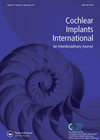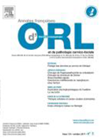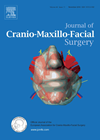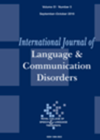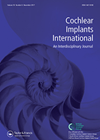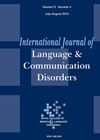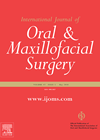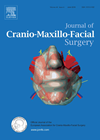
Journal Reviews
Cochlear implantation in children with cognitive disabilities
Additional disabilities are frequently encountered in children born with hearing loss or deafness. A study from Denmark attempted to systematically review to what extent hearing-impaired children with cognitive disabilities benefit from cochlear implantation. The authors conducted an extensive search in...
CI and CP
Quality of life improvement is one of the main goals of cochlear implantation. Mobile phones are now a standard daily tool. For many implanted patients, a mobile phone is used for sending short messages rather than for voice calls. This...
Predicting speech recognition in adults with cochlear implants
This was a combined prospective and retrospective study from Belgium that looked at factors influencing speech recognition scores in quiet conditions (retrospectively) and speech reception threshold levels (SRT) in fixed noise conditions (prospectively) after cochlear implantation in postlingually deaf adults....
Reconstruction with scapular tip following hemimaxillectomy and rehabilitation with dental implants
Post ablative defects in the maxilla can be extremely complex, involve all three dimensions and may result in significant morbidity. Rehabilitation may be difficult with either an obturator or surgical reconstruction with a free fibula, Iliac crest or scapula. This...
Comparison of linguistic profiles in three groups of children with hearing loss and specific language impairment
Spoken language deficits in children with hearing loss early in life are attributed to auditory speech perception limitations. It is assumed that hearing following cochlear implants (CIs) will improve these language deficits. However, the studies have shown that although cochlear...
A new modified double-flap technique for cochlear implant surgery
The authors retrospectively assessed 342 implantees with a minimum of five years’ follow-up who had been implanted using a lazy S-shaped post auricular incision with a modified double-flap technique. From the notes, postoperative wound complications and any other adverse events...
Which factors affect music involvement in implanted children’s everyday life?
During the last few years, cochlear implantation research has included music. Processing strategies and rehabilitation teams are now interested in music appreciation by implantees, as speech perception and production are no longer the only issues or targets. The present study...
Does post-meningitic cochlear obliteration affect impedance and charge of the implant?
Implantation in children deafened by meningitis may be very challenging due to obliteration or ossification of the cochlea. This study aimed to assess impedance values and charge consumption in such cases and evaluate if they are affected by the degree...
Does trainee participation in cochlear implant surgery affect operative times?
The role of surgical education is a very sensitive issue in spite of the obvious need and the obligation of doctors to pass on their knowledge and experience to the next generation. This study is very interesting as it assesses...
Supporting second language in bilingual children with cochlear implants
There have been mixed reports regarding the benefits of supporting two languages for bilingual children using cochlear implants. With an ever-increasing number of children with hearing loss undergoing cochlear implantation, this study provides timely clinical evidence. The authors studied the...
Mirror image orbital implants in enopthalmus
This is a review from Chile of five patients who underwent surgery utilising customised implants. Two methods to make the titanium implants were used between the five patients. All patients had diplopia in the gaze position prior to implant placement....
Do implants assist rehabilitation following mandibular reconstruction?
When undertaking mandibular reconstruction, optimal function and aesthetic rehabilitation is the goal. There is no doubt that patients consider chewing, swallowing and speech to be of paramount importance. Following surgery, suboptimal rehabilitation leads to a fall in quality of life...

